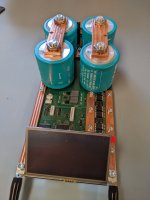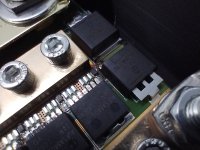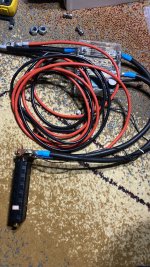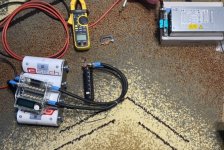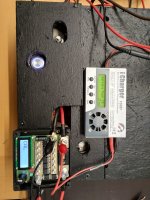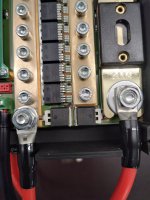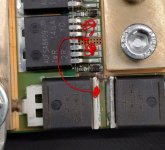The unit will come with a 450W power brick (18V / 25A), but you can also operate it from a battery. The onboard ultracap charger is designed for 60 amps, and that should allow for 200 Joules per second at the output terminals. The cable losses will reduce this, but for copper one could use massive ones.windtrader said:Won't the limiting factor still be power input capacity like the current model? I could weld .02mm copper if I add capacitor or maybe a stronger battery.
